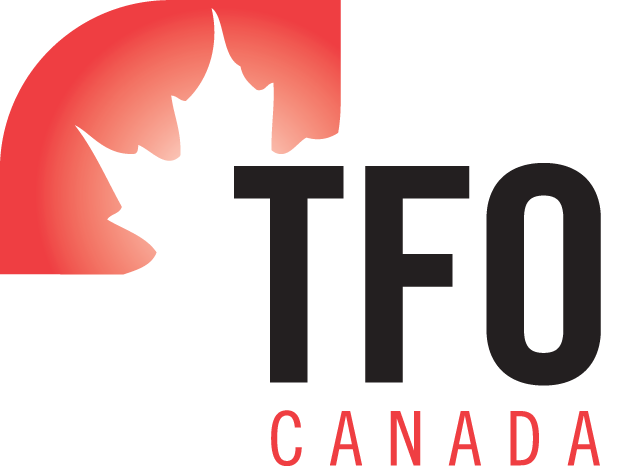As a key tool for export success an export plan needs to include clear set of directions to identify every step of the process. In this section you will find a suggested format for an export plan.
Table of Contents
Executive Summary
- Domestic market performance
- Export objectives and goals
- Target markets
- Business history (all aspects: including sales, profits, etc.)
- Vision and mission statement
- Purpose of the export plan
- Organizational goals and objectives
- International market goals
- Short and medium-term objectives for exporting
- Location and facilities
- Ownership of the company
- Organizational structure
- Management
- Staffing
- Level of commitment by senior management
- Relationship between exporting and other operations
- Corporate experience and expertise in exporting
- Strategic alliances
- Export Team – skills and experience
- Labour market issues
- Description of products and services
- Key product features
- Other features (intellectual property, after sales, seasonality, shelf life and other life cycle issues, etc.)
- Adaptation and redesign required for exporting
- Production of products and services (including capacity issues, etc.)
- Future products and services (new product Research and Development, etc.)
- Comparative advantage in production/product (advantageous selling attributes, etc.)
- Market Research undertaken
- Economic environment (GDP, wealth, trade balance, etc.)
- Size of market
- Key market segments/demographics
- Political environment in the target market
- Legal Environment
- Purchase process and buying criteria (distribution and promotion channels: direct customers to end-users)
- Logistics (transportation and infrastructure issues)
- Description of industry participants/ industry profile
- Market share held by imports
- Tariff and non-tariff barriers (licenses, quotas, fees, documentation)
- Industry trends and other market factors (e.g. cultural, social, business practices)
- Market outlook (buyer analysis and projected demand for the product or service)
- Identification of key target market segment(s)
- Description of key competitors
- Analysis of competitive position
- Product for export market (modifications, adaptations, etc.)
- Competitive advantage
- Seasonality and life span issues, design, styles, etc.
- Standards, quality controls, packaging, labelling, language issues
- Intellectual property considerations
- Pricing strategy
- Export Pricing/Costing,
- Current market pricing
- Market Constraints on price points for entry
- Promotion & Sales Strategy
- Trade events and missions
- In-market (Point of sale, in store, etc.)
- Advertising (media, etc.)
- Development of sales leads
- Terms of sale
- Placement/Distribution strategy
- Description of intermediaries and partners
- Strategic alliances (Cooperation, joint ventures, licensing, franchising etc.) if applicable
- After Sales servicing (returns, warranties, etc.)
- Intellectual and property protection
- International legal and regulatory issues
- Other legal and regulatory issues
- Timelines (from production to delivery)
- Use of trade service providers: Intermediaries such as customs brokers and freight forwarders
- Modes of transportation (including special needs such as refrigeration, etc.)
- Cargo and related insurance
- Inventory control and warehousing
- Trade documentation (Customs, inspections, certification – origin, safety, health, packaging, etc.)
- Market (Foreign and domestic)
-
- Economy, political, social situation
- Demand
- Product Standards/certification
- Commercial
-
- Partners, clients, credit
- Payment Issues: Contracts, Credit,
- Dispute Resolution
- Currency
- Internal Risks (your company stability, staffing, expertise, etc.)
- Political and other risks
- Roles of various parties
- Tasks to be undertaken and timing
- Monitoring of evaluation criteria and process (including the methods to be used to track and measure the company’s progress in the market).
- Revenues or sources of funding
- Cost of sales
- Other expenses or expenditures
- Operating budget
Review/Summary of the Business Plan
Before you can develop an Export Plan you need a current and comprehensive Business Plan that reflects the domestic operations of your company. A Business Plan, created for the use and benefit of all who have a stake in the success of the company, is vital for many reasons including dealing with increased competition and declining market share, initiating progress in product development and clarifying strengths, weaknesses and objectives. It is therefore worthwhile to first summarize the key components of the Business Plan.
Essentials of a Business Plan
Executive Summary
Business objectives / product or service / market and customers / the management team / and the financial situation
Company Details
History and status / background and industry / objectives (mission and vision)/ overall strategic approach / Mission and Vision / primary business sector / main products / core purpose/activities
Strategic Plan
SWOT Analysis: Strengths, Weaknesses, Opportunities, Threats
Products/Services
Market (Domestic and/or International)
Competition and risk factors
Marketing Program/Plan
Management
Human Resources
Facilities
Quality Assurance Plan
Financial Data and Forecasts
Capital required and use of proceeds, current liabilities and assets, funding sources, balance sheets and tax statements, assumptions used / a 3 year plan / a 5 year plan
Appendices
Key Element
A key element of the Export Plan is market research. The next section discusses this vital step in your export planning and the development of your overall foreign market strategy.
Product and services description and comparisons / innovative features (patent coverage) / applications / unique technology used / product or service development objectives / product /service introduction schedule and major milestones.

